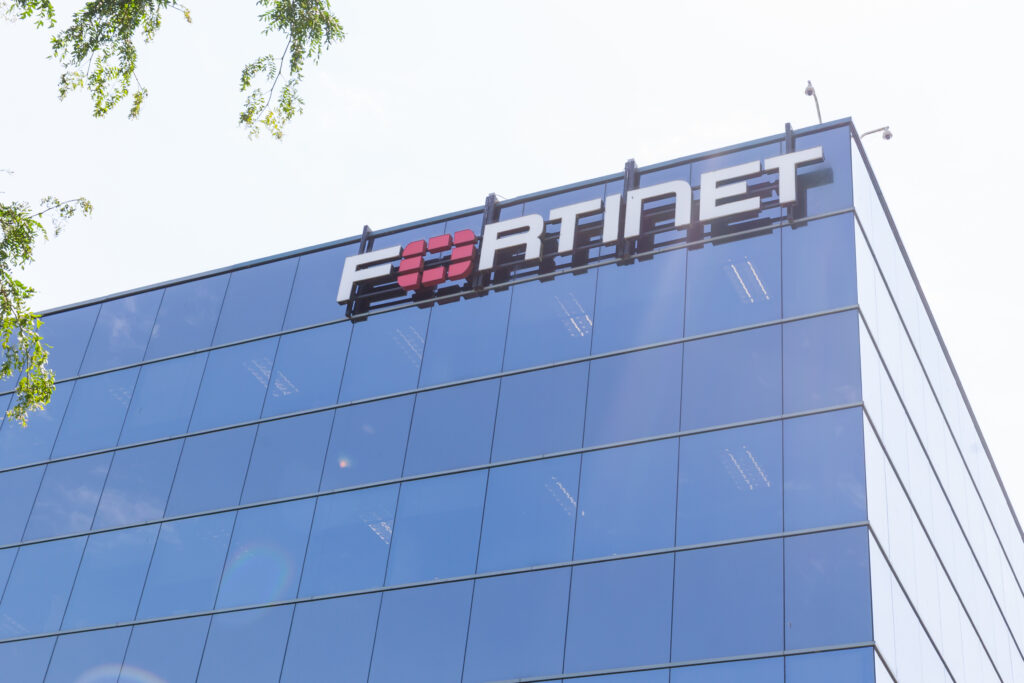SASE, or Secure Access Service Edge, combines a software-defined wide area network (SD-WAN), cloud-based security, and zero-trust network access (ZTNA) to protect distributed networks and support enterprise digital transformation initiatives. SASE offers enterprises a unified model for secure connectivity and policy enforcement. VPN, including traditional VPN, SSL VPN, and always-on VPN, encrypts remote access but differs in terms of scalability, performance, and how it supports remote and hybrid work environments, alongside ZTNA and firewall solutions.
Technical and functional differences
SASE architecture is an integration of a software-defined wide area network (SD-WAN) with network security services, including firewall as a service (FWaaS), secure web gateway (SWG), cloud access security broker (CASB), and zero trust network access (ZTNA). It enforces policy-based access control and authentication at distributed points of presence (PoPs), which can improve latency and routing for remote users. SASE can support various access models, including SSL VPN.
SASE services differ from traditional IPsec-based VPN in that they deliver network security functions through a cloud-native architecture that scales across data centers, on-premises infrastructure, and cloud-based services, simplifying network management for distributed environments. Many SASE solutions also support SSL VPN to accommodate hybrid environments. The article SASE providers with SD-WAN and security coverage details the different types of capabilities offered by SASE providers and how they can work together to provide both networking and security benefits.
VPN solutions, including traditional VPN, SSL VPN, and always-on VPN, prioritize establishing an encrypted tunnel to a corporate network, often mapping users to specific IP addresses. However, they require a centralized infrastructure, which can affect performance for remote apps and services. This backhaul can lead to bottlenecks for cloud services and SaaS platforms, resulting in scalability issues and a degraded user experience.
SASE, on the other hand, pushes policies closer to the endpoint, incorporates tools such as SWG, CASB, and ZTNA, and aligns with the needs of remote workforces and secure connectivity. Articles such as SASE vs. VPN demonstrate how cloud-based delivery and integrated security models can provide advantages over traditional perimeter-based VPN solutions. These advantages highlight key benefits of SASE for organizations with distributed workforces.
Decision factors for enterprises
Low up-front spend is only one factor in the total cost of ownership. A VPN might be low-cost to deploy, particularly if you’re using existing hardware, but expenses don’t stop once it’s up and running — you still have to pay for capacity upgrades when traffic levels rise, recover from downtime, and manage problems resulting from a centralized approach. A SASE platform consolidates networking and security, so you have fewer vendors and the operational friction that can drag down projects.
Visibility and policy management can also get more challenging as your network grows. As more cloud services and edge locations get added, it can be tough to maintain security policies, segmentation, and firewall rules across hybrid and multi-cloud environments. The Tufin Orchestration Suite consolidates these policies in one control plane and automates policy changes to help IT teams maintain a robust security posture without sacrificing scale. Paired with firewall capabilities to secure the network and more efficient routing options from the leading SD-WAN providers, security teams can maintain visibility and control whilst reducing risk across cloud and on-premises infrastructure.
Traditional virtual private networks route all traffic through a corporate network, introducing latency and bandwidth restrictions for remote users. In SASE architecture, traffic is processed at distributed points of presence, with authentication and access control being applied closer to the endpoint. The result is snappier applications, smoother and more secure remote access, and support for remote workers at scale. As the SASE vs. VPN comparison illustrates, this difference can be particularly significant for organizations with larger and more geographically distributed workforces.
That difference becomes even greater when it’s time to expand. Extending VPN coverage typically involves purchasing new hardware and manually configuring each new change. A cloud-native SASE model can scale by updating policies and adding new cloud services, with the flexibility to extend as necessary without encountering hardware limits, while maintaining consistent access control across data centers, endpoints, and the corporate network.
Addressing industry questions
IT leaders are likely to have questions about SASE replacing VPN. Secure Access Service Edge provides enhanced security capabilities that scale more effectively across diverse cloud services and data centers in large, distributed setups. A VPN can still be the better choice for small groups or use cases where legacy applications must maintain connections to an internal corporate network. As SASE vs. VPN points out, the use case, the desired security posture, and the need for integration with endpoints and other on-premises systems typically dictate the best option.
Challenges in rolling out SASE may arise, too, in hybrid and on-premises deployments. Synchronizing security policies, authentication, and access control across multiple systems and stakeholders can create bottlenecks and increase complexity when working with service providers. The Tufin Orchestration Suite simplifies network complexity with a unified control plane that delivers centralized visibility, automated policy orchestration, and continuous compliance across hybrid environments.
Integration with SD-WAN as a service enables IT teams to increase capacity while maintaining operational control, resulting in predictable routing and the elimination of traffic bottlenecks.
The capability of SASE to act as a firewall replacement depends on the specifics of the chosen solution. Firewall as a service plus secure web gateway, cloud access security broker, and zero trust network access (FWaaS +SWG+ CASB + ZTNA) can handle many of the same tasks as an enterprise firewall but in a cloud-native, distributed fashion. Some IT organizations decommission their legacy firewalls, while others leave them in place to complement SASE as a second layer of defense. The Tufin platform enables administrators to control SWG, CASB, and ZTNA policies in real time, while maximizing investment returns.
VPN is not dead. Traditional VPNs can still make sense as a less expensive option for accessing specific internal applications, providing limited secure remote access, or serving as a network backup in environments that are primarily SASE-based. The choice between VPN solutions and SASE technology depends on factors such as latency and scalability, as well as broader cybersecurity goals, instead of viewing either option as a universal solution.
Conclusion
The choice between SASE and VPN solutions depends on your specific security needs, performance requirements, and operational priorities. SASE architecture, built on a software-defined wide area network, combines firewall as a service, zero trust security, and other integrated security solutions to improve security posture and user experience across data centers, on-premises systems, and the corporate network. VPN solutions can still be effective for specific use cases that require secure remote access, or as part of a hybrid approach, where they complement SASE and provide redundancy in select use cases.
Weigh your decision on security policies, authentication requirements, and the ability to enforce real-time control without becoming a bottleneck. Schedule a demo to see how Tufin enables organizations to manage their network security posture amid the growing complexity of their modern hybrid environments.
Frequently asked questions
What factors should I consider when deciding on SASE vs. VPN for a new deployment?
Considerations for choosing SASE vs VPN for a rollout include network reach, the security posture you need to maintain and support, and the number of sites or remote users needing secure remote access. Many large or complex organizations take a hybrid approach, utilizing VPN solutions to address specific workloads, while SASE covers broader secure access service edge needs as part of an integrated security model. You can compare different approaches in SASE providers with SD-WAN and security coverage.
How can security features influence a SASE vs. VPN decision?
Security requirements often determine the outcome of a SASE vs VPN decision. SASE’s all-in-one security model integrates a firewall-as-a-service, zero-trust access, CASB, and SWG, allowing IT teams to consistently apply policies across endpoints and environments without juggling multiple point solutions. VPNs secure the connection but may require separate inspection tools, which can impact response time and increase operational overhead. You can learn more in firewall features to secure your network.
Can network performance be a deciding factor in SASE vs. VPN selection?
It can. By routing traffic through distributed points of presence, SASE can use SD-WAN to optimize routing and reduce latency for remote users. VPN performance can be limited by its reliance on centralized gateways, which can become bottlenecks if there is a sudden surge in bandwidth demand. Network design considerations are outlined in SD-WAN providers and how to compare them.
Ready to Learn More
Get a Demo





